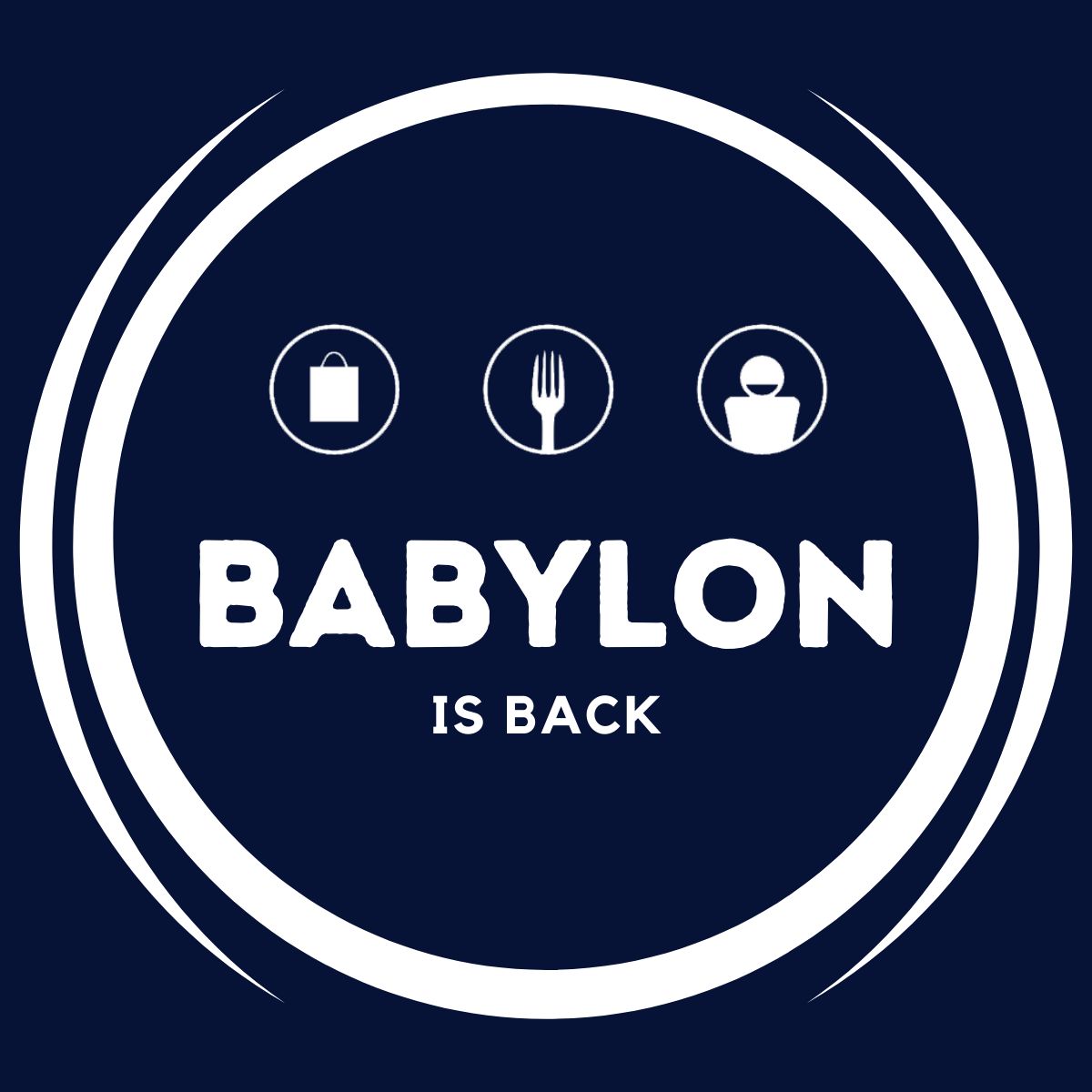
Greater Patchogue coverage is funded in part by New Village at Patchogue, open-concept rental residences with sleek contemporary design. Click here for a tour.
One of the reasons I love ecology is that it fits together like a puzzle.
We gather clues from observations and events, and try to put the pieces together in order to understand the natural picture.
Nature is always changing and adapting and the puzzle picture changes too.
photo by Stacy Sideris
We have lost native species and gained invasive ones. It’s how nature adapts that is so intriguing. It’s exciting to get back a species once lost to a given area. A little help is always appreciated; and a little virus might have been the final boost the bald eagles needed to gain a foothold (once again) on Long Island.
In 2008 and 2009, West Nile Virus swept through our area. People took precautions and many fell ill, but for our bird communities here, it was most devastating. Crow populations were especially hit hard, along with blue jays, mocking birds, cardinals, and I’m sure some other species of birds that I did not encounter in the field or neighborhood.
Certainly, the birds took the brunt of the virus, yet in the aftermath, some birds also benefited from it. With the massive crow populations knocked down to a fraction, there were road-killed critters left uneaten. And that created new opportunities for scavenger birds to move in.
Turkey vultures were noticed, rare sightings at first, and then more regularly. Then ravens and, finally, bald eagles. Eagles are good hunters, but are known to scavenge for food whenever they see an opportunity.
Then, to my surprise, a local wildlife rehabilitation center received a juvenile bald eagle!
This meant an active eagle nest is on the island! When I heard about it I wanted to highlight this momentous occasion in my education programs, and indeed, I made a short homemade video to help document it. Watch below. (Please note that I went into the cage as part of the daily feeding and cleaning crew to minimize any stress on the bird.)
It is interesting to think that a virus might have been the final help these eagles needed to flourish on Long Island, but ultimately we need to keep in mind the long history of people dedicated to bringing eagles back to New York
Banning DDT in 1972 was a great start, which helped all of our fish-eating birds from this bio-accumulating chemical. The Endangered Species Act of 1973 and New York’ s own Endangered Species Program in 1976 set the stage.
The NYS DEC started a bald eagle release program over a period of 11 years with tremendous care and effort by scores of biologists and support staff. By 1990, upstate New York had over 10 active eagle nests and their population has continued to expand in our direction.
It has been a long path for bald eagles to return to our island. I for one am thrilled to see them in our skies, and my heart skips a beat every time I do see one. Since eagles are monogamous and can live over 30 years, we should be seeing more and more of them.
I haven’t yet heard which eagle nests are starting up for 2016, but last year there were up to five nests across the island, and perhaps more that we didn’t even know about.
It’s best to view these birds from a distance or on a webcam. Here are some of my favorite places to view eagles:
1. Mashomack Preserve, Shelter Island
2.Wertheim National Wildlife Refuge, Brookhaven
3. The riverfront area in downtown Riverhead
I hope to see you out there!
About the art: Photographer Stacy Sideris captured this great shot of a bald eagle on the South Shore of Suffolk County in January with the help of her photographer friend, Pete Downing, who led her to the majestic bird.




























